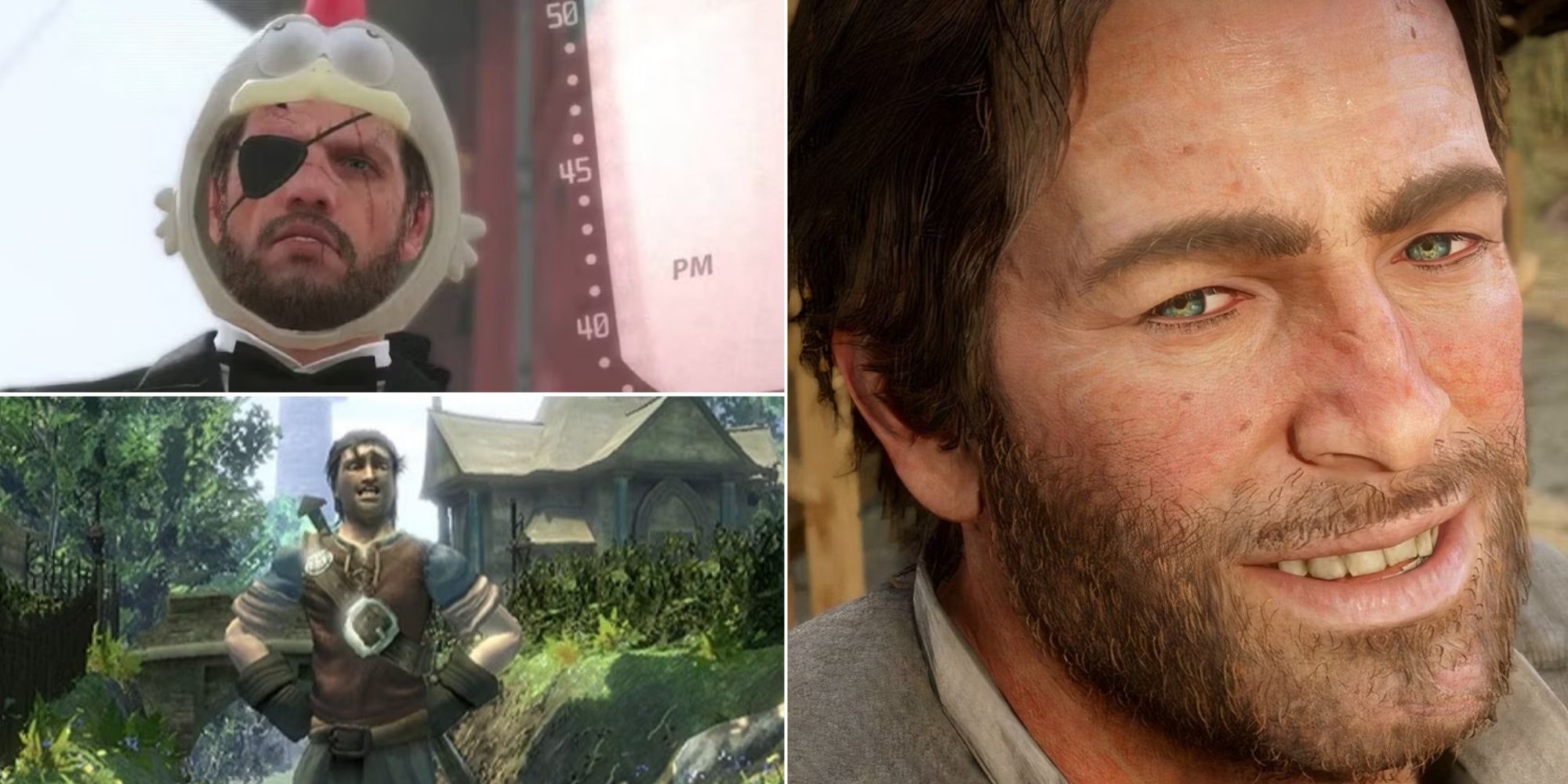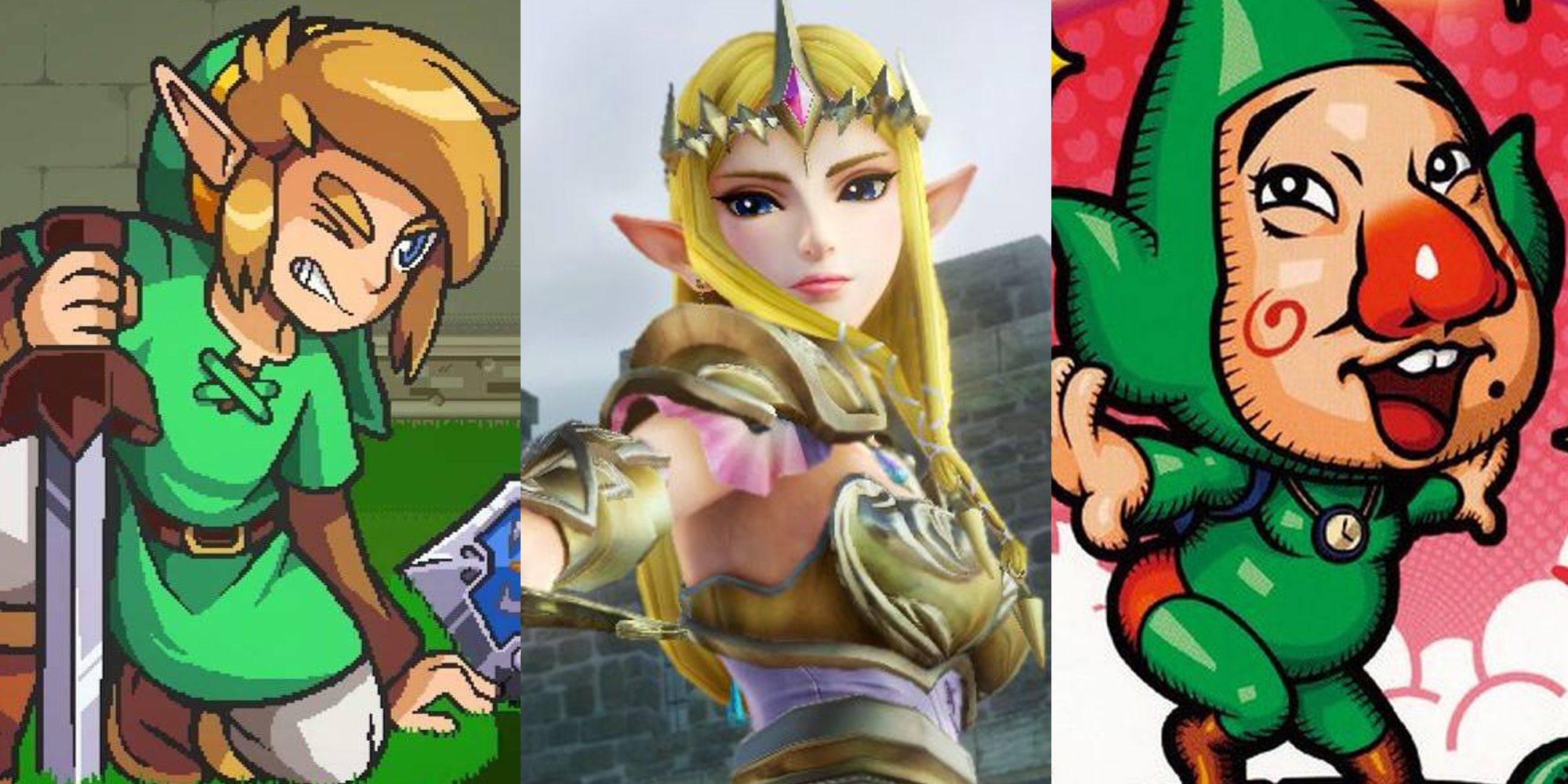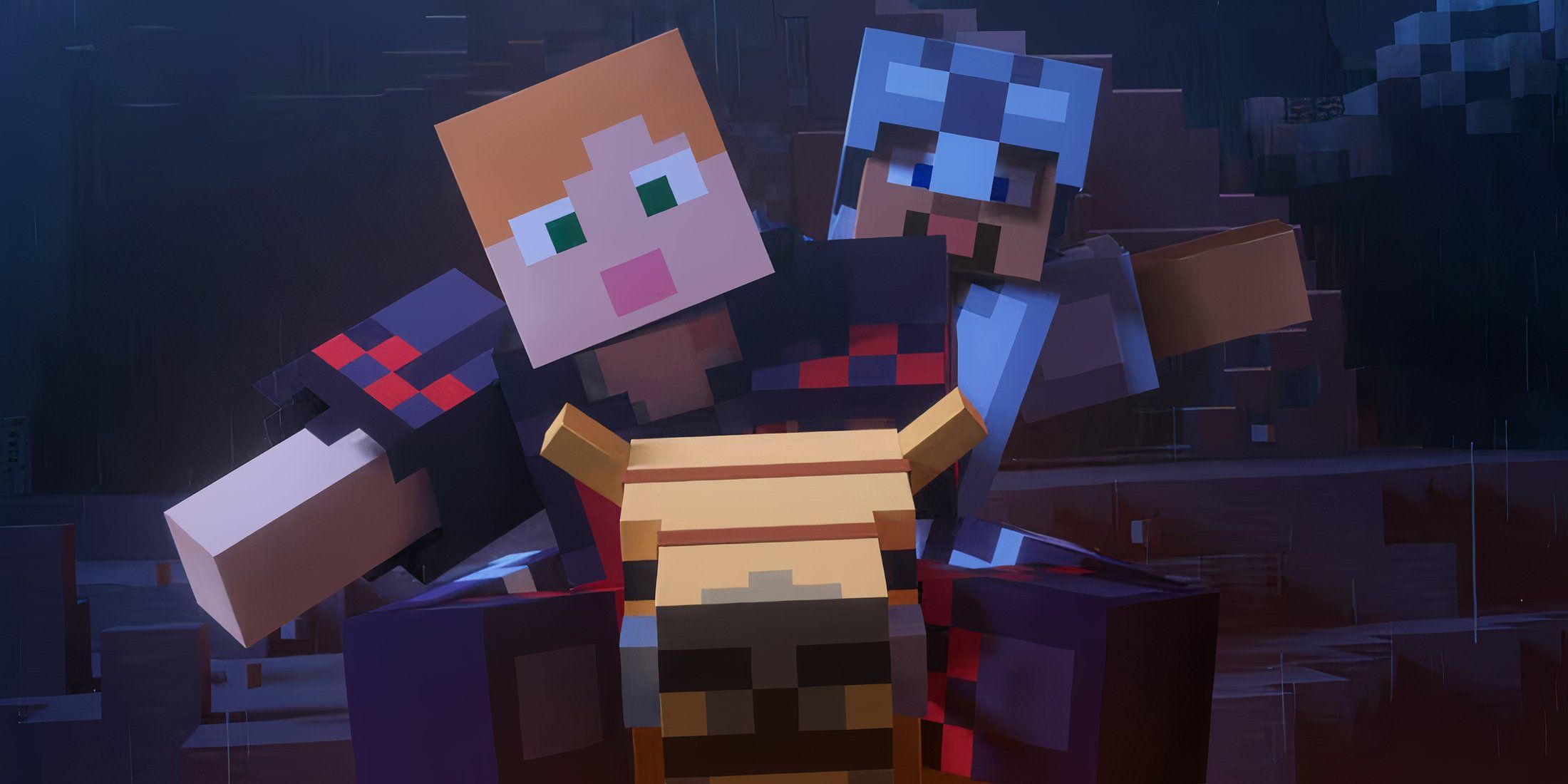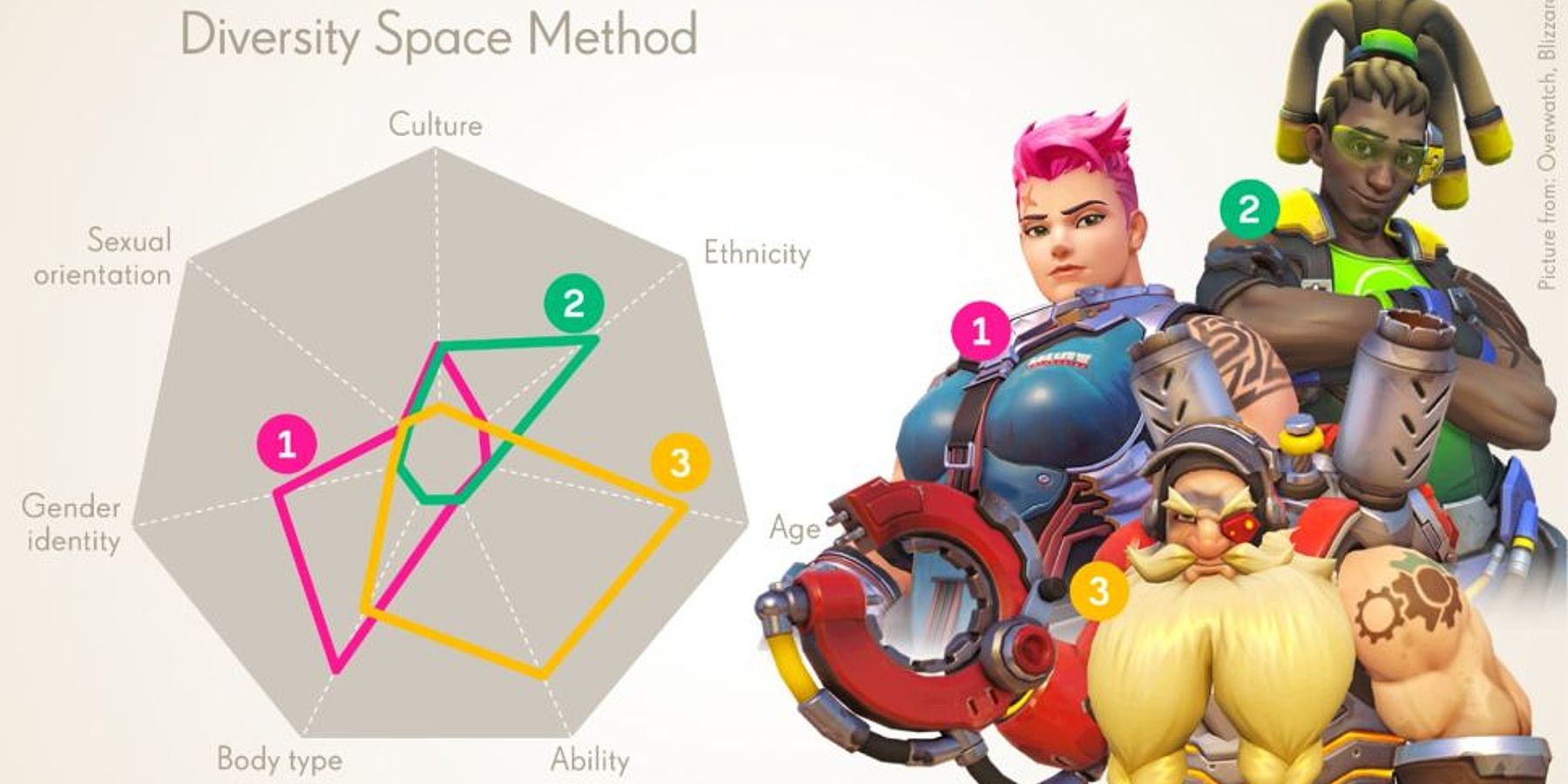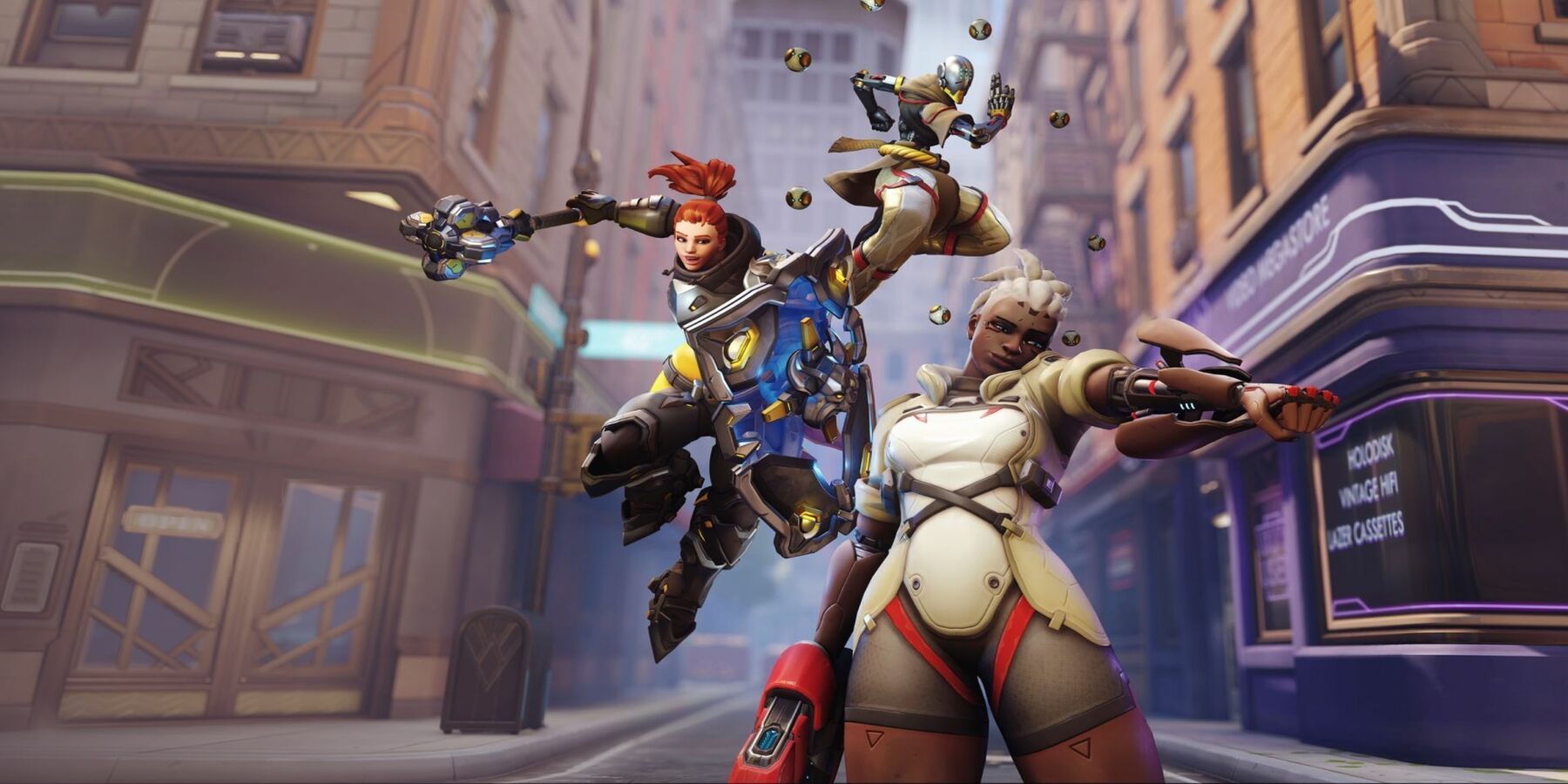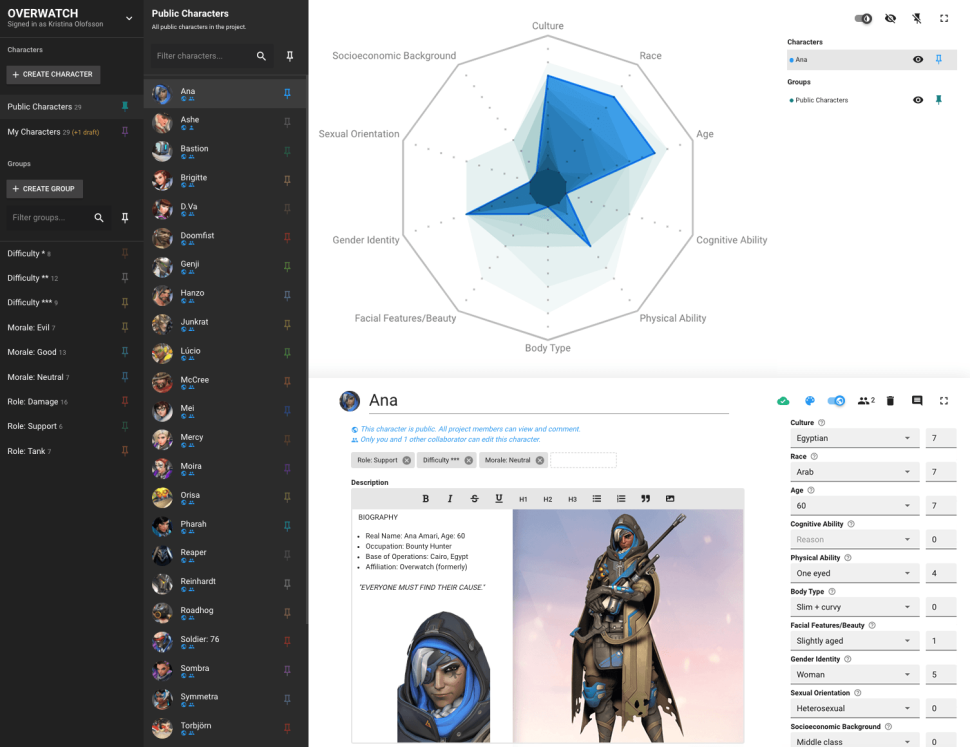On May 12, Activision Blizzard published a new article on its website showcasing what it called a Diversity Space Tool developed by King. The piece described the tool as a means of preventing exclusion, stereotyping, and tokenism in a game development team’s character creation process. It also highlighted why diversity should be focused on in the gaming industry.
Unfortunately, internet users didn’t react well to King and Activision Blizzard’s newest tool. On the contrary, it has been called “creepy” and “dystopian,” even by the company’s own employees.
‘A Leap Forward for Inclusion in Gaming’
Anyone who opened the article before it was edited the next day would be met with an image — a radar chart displaying what appears to be the diversity rankings of Lucio, Torbjorn, and Zarya of Overwatch. The visual representation gauged the characters’ culture, sexual orientation, body type, and other such traits in terms of diversity — whatever that means.
Scrolling down, the reader would find an explanation of what the Diversity Space Tool was. King’s Globalization Project Manager, Jacqueline Chomatas, describes it as a measurement device, used to view how diverse an entire cast of characters is when compared to the “norm.” Through this, it can uncover unconscious bias in a game development team and, thus, push for better representation among characters.
Now, following the backlash, Activision-Blizzard was quick to edit the article, removing the images and adding an editor’s note. The editor’s note highlights that the tool is very much a work in progress, and it also emphasizes that it’s always the game development teams at the forefront of diverse character creation, not a mere tool.
Unfortunately, the damage was already done, with plenty of internet users posting their reactions to the tool online. Even some of the company’s own workers chimed in. One of Overwatch’s character designers said that game development teams don’t need dystopian tools to promote diversity.
The Problem with Quantifying Diversity
One of the biggest issues here concerns quantifying diversity. There was another image in the unedited article that looked like the tool’s actual interface. On display was another radar graph and Ana of Overwatch. The usual traits related to diversity were present, such as culture, sexual orientation, and body type. However, there were also odd modifiers, like “Facial Features/Beauty,” wherein Ana scored a 1 out of 10 because she’s “Slightly Aged.” This seems to imply that a character’s diversity can be measured by how physically attractive they are, which is odd to say the least.
Either way, these traits raise the same questions such as how the "norm" of this tool is measured, the exact methodology, and the exact plotting of the 10-point scale--all beyond just the unusual idea of measuring diversity. In the article, it’s said that the tool “establishes a baseline for typical character traits” with help from a team of DE&I experts, but none of that is explained in detail.
A tool that helps diversity within a cast of characters certainly has some potential, but Activision Blizzard’s article doesn’t exactly present its project in an appealing way.
The radar charts and unclear character rankings only serve to detract a global player base. The unexplained scores tend to confuse readers rather than enliven the call for diversity. In fact, quantifying the very concept could prove counterintuitive. It’s dangerous to reduce diversity into a series of scores because it is a complex and dynamic concept that isn’t so easily measured.
That said, there’s a much easier way to improve diversity in character creation, and it's something many called on Activision-Blizzard to do instead — without the need to program a convoluted diversity scanner: Work on diversity in the employee base.
Diversity in a game development team often translates to diversity in character creation. When working with people who come from different backgrounds, there’s a wider array of ideas and perspectives at play. In character creation, in particular, working with people with varying nationalities, gender identities, and belief systems — among other things — makes it easier to craft a character that doesn’t fit the so-called “norm.” Most importantly, a diverse employee base won’t need to quantify their levels of diversity in order to promote it in a set of characters.

